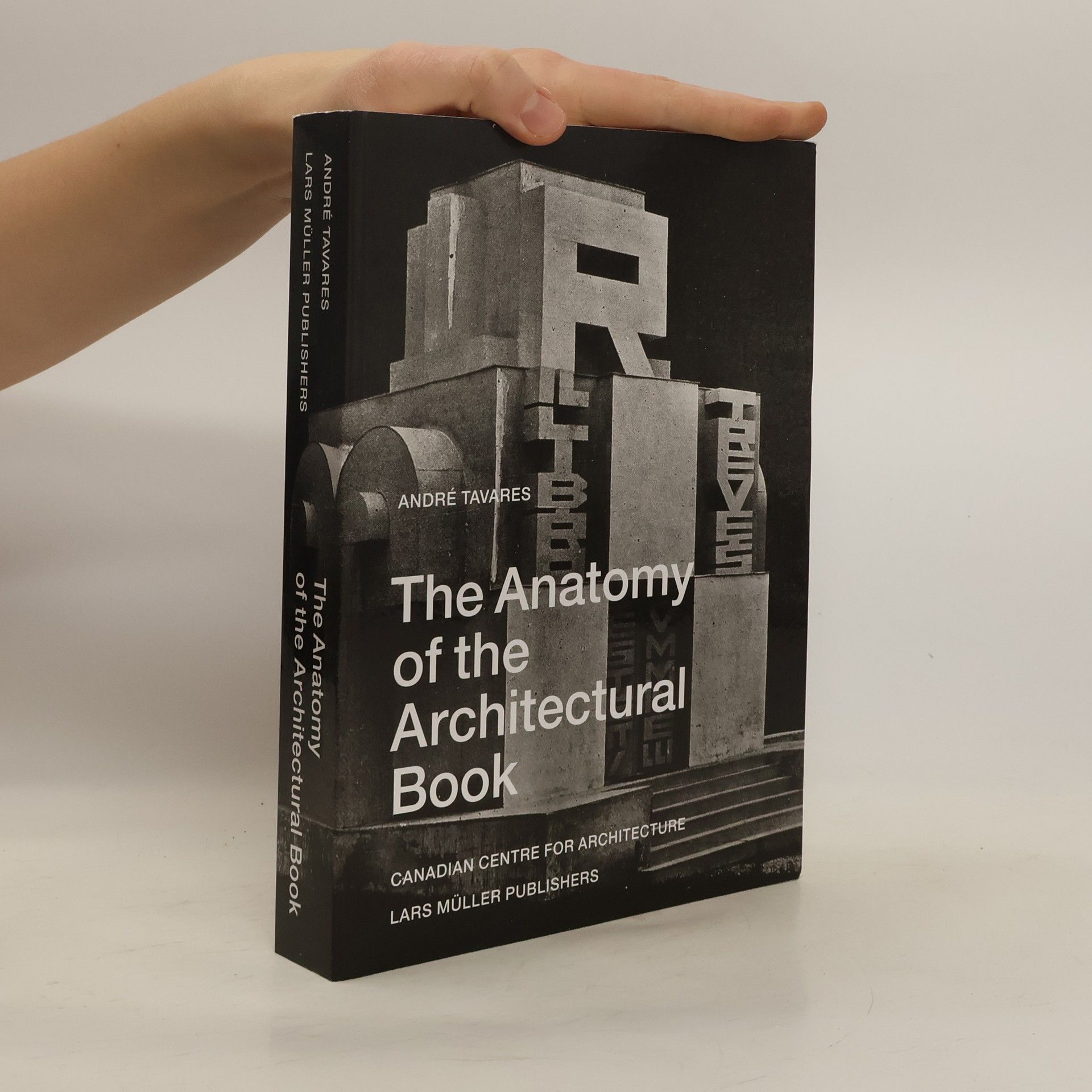The Anatomy of the Architectural Book
- 400 stránok
- 14 hodin čítania
How printed, mass-produced books on architecture shaped knowledge of the discipline itself Examining the crossovers between book culture and building culture makes the axes visible along which architectural knowledge circulates through books into buildings and back. Dissecting a breadth of architectural books through five conceptual tools--texture, surface, rhythm, structure and scale--author and architect André Tavares analyzes the material quality of books in order to assess their dialogue with architectural knowledge at large. The detailed history of Sigfried Giedion's Befreites Wohnenand the two incarnations of the Crystal Palace in Hyde Park and Sydenham provide a background that confront us not only with the rise of the industrialized book but also with the configuration of the book as a unique visual device. Richly illustrated with samples from the library of the Canadian Centre for Architecture, the volume discusses a wide range of publications by several authors, including Vitruvius, William Morris, Gottfried Semper and Le Corbusier. This book was published in conjunction with Canadian Centre for Architecture

